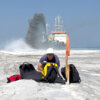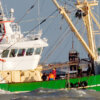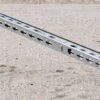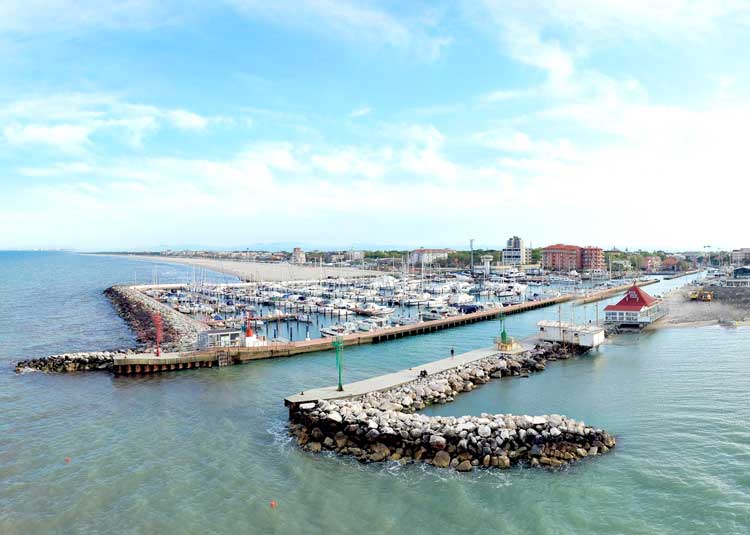Monitoring is the process of examining certain parameters and observing and checking the progress or quality of the dredging works over a period of time.
When to monitor
The period begins at the start of the project and continues throughout the duration of the project. Often it continues for a number of years after completion the dredging operation.
Monitoring is an essential tool in determining the appropriate dredging design, methods and equipment to both execute the job and protect the environment.
Purposes of monitoring
Monitoring is most useful when data is continuously and systematically reviewed. Monitoring is conducted in order to:
- evaluate the progress of a dredging or landfill project;
- acquire a geotechnical sampling of materials;
- measure contractually agreed-upon water depths and other stipulations;
- evaluate long-term impacts;
- ascertain environmental parameters.
Parameters to be monitored
Monitoring for a dredging operation may include determining:
- the seabed composition;
- the baseline measurements for marine habitat and species;
- turbidity;
- air quality;
- sound levels, both underwater and above water;
- safety both of environment and of the crew.
Types of monitoring
Various types of monitoring are aimed at, for instance, assessing the environmental changes caused by dredging. Other monitoring programmes evaluate whether contractual obligations, such as depth, have been attained. Monitoring types include:
- Surveillance monitoring or BACI monitoring (Before-After-Control Impact) assesses temporal and spatial changes to parameters before the start of work and during the work;
- Adaptive or feedback monitoring, a type of surveillance monitoring, is used for a few fast-reacting, predictable variables forecasted by modelling and then monitored continuously during the work;
- Compliance monitoring checks to ensure compliance with contractual and legal restrictions and expectations;
- Contractual monitoring during the project is monitoring as stipulated in the dredging contract and may even be included in the conditions of permitting;
- Environmental monitoring is always targeted towards variables identified as important for the specific local ecological system.
All these types of monitoring are applied to dredging operations in general, but are very specifically also applied for environmental assessments.
Monitoring requirements
In all cases, monitoring requirements should be formulated clearly as regards:
- exceedance thresholds,
- locations to be monitored,
- frequency of monitoring;
- the duration of the monitoring programme.
Surveying and monitoring
Surveying and monitoring are two separate processes, both of which have an essential role in dredging operations.
Surveys are conducted as a part of a project to define the characteristics of soils and subsoils at the dredging site and/or borrow area. Surveys will determine characteristics of the marine surroundings, such as water depth, currents, waves, temperature, salinity, wind, turbidity, TSS and types of sediment.
Monitoring of a project is an exercise in quality and quantity control to determine if a dredging operation is meeting the performance requirements that have been stipulated. Monitoring will determine in land reclamation projects, if the quality of fill is suitable for the purpose of the project; in deepening channels, if the correct depths have been dredged; and in all cases, if a project fulfils the environmental requirements.





























